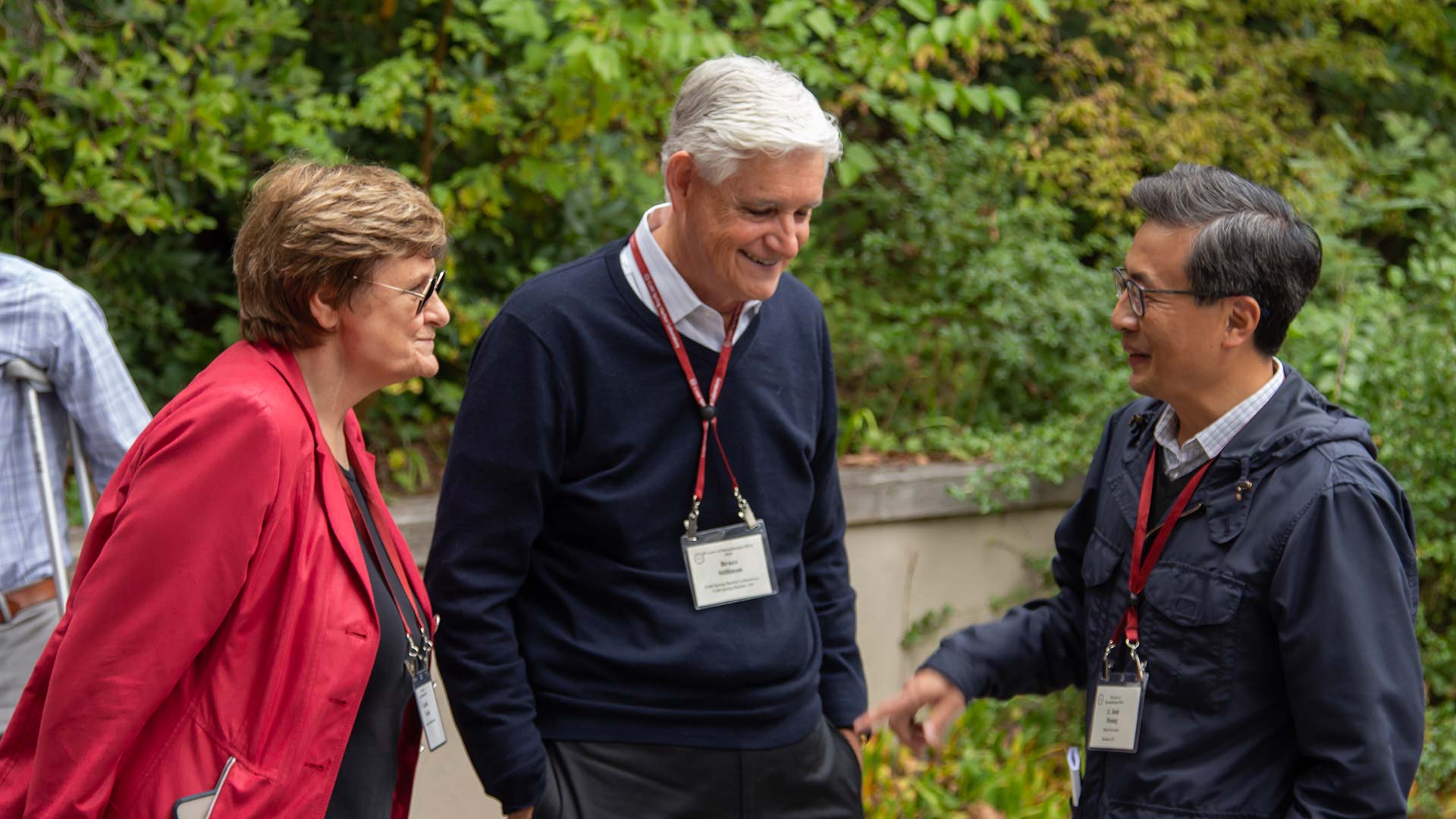Cold Spring Harbor Laboratory (CSHL) is a vibrant intellectual community that enables groundbreaking discovery. Our idyllic setting and state-of-the-art facilities offer a uniquely supportive environment for bioscience breakthroughs. However, CSHL’s community is not bound by the geography of our campus. Science worldwide has been strengthened by people who spend time on our campus and by the ideas, experiences, and exchanges that they have here. The impact of our work creates waves throughout society.
These waves can take the form of new drugs and technologies as well as advances in knowledge that fuel scientific progress across the globe. They make their way to other research labs and educational institutions and from there to business boardrooms and governmental offices. And like oceanic waves, they can have residual effects. Waves come into the shore of society and back out to the sea of science, helping CSHL expand its capabilities and driving the continuous cycle of discovery.
Improving lives around the world
The deep knowledge of biological systems that has been uncovered at CSHL has enabled important medical advances, improving the lives of patients around the world. Take, for example, the fundamental discoveries about cell proliferation that David Beach and his team made here in the 1980s. As a result of their research, drugs like Ibrance (palbociclib), which stops cell growth by blocking the CDK4 and CDK6 enzymes, have become first-line therapies for the treatment of HR-positive and HER2-negative metastatic breast cancers. Testing for another protein Beach’s laboratory discovered, p16, has become a valuable marker for cancer diagnosis.
While our investigators focus on basic discovery biology, CSHL’s Office of Business Development & Technology Transfer establishes partnerships aimed at translating our discoveries into diagnostic, therapeutic, and technological advances that impact people’s lives. One recent success story is the 2016 approval of Spinraza, the first therapy for spinal muscular atrophy (SMA), using a breakthrough new class of drugs.
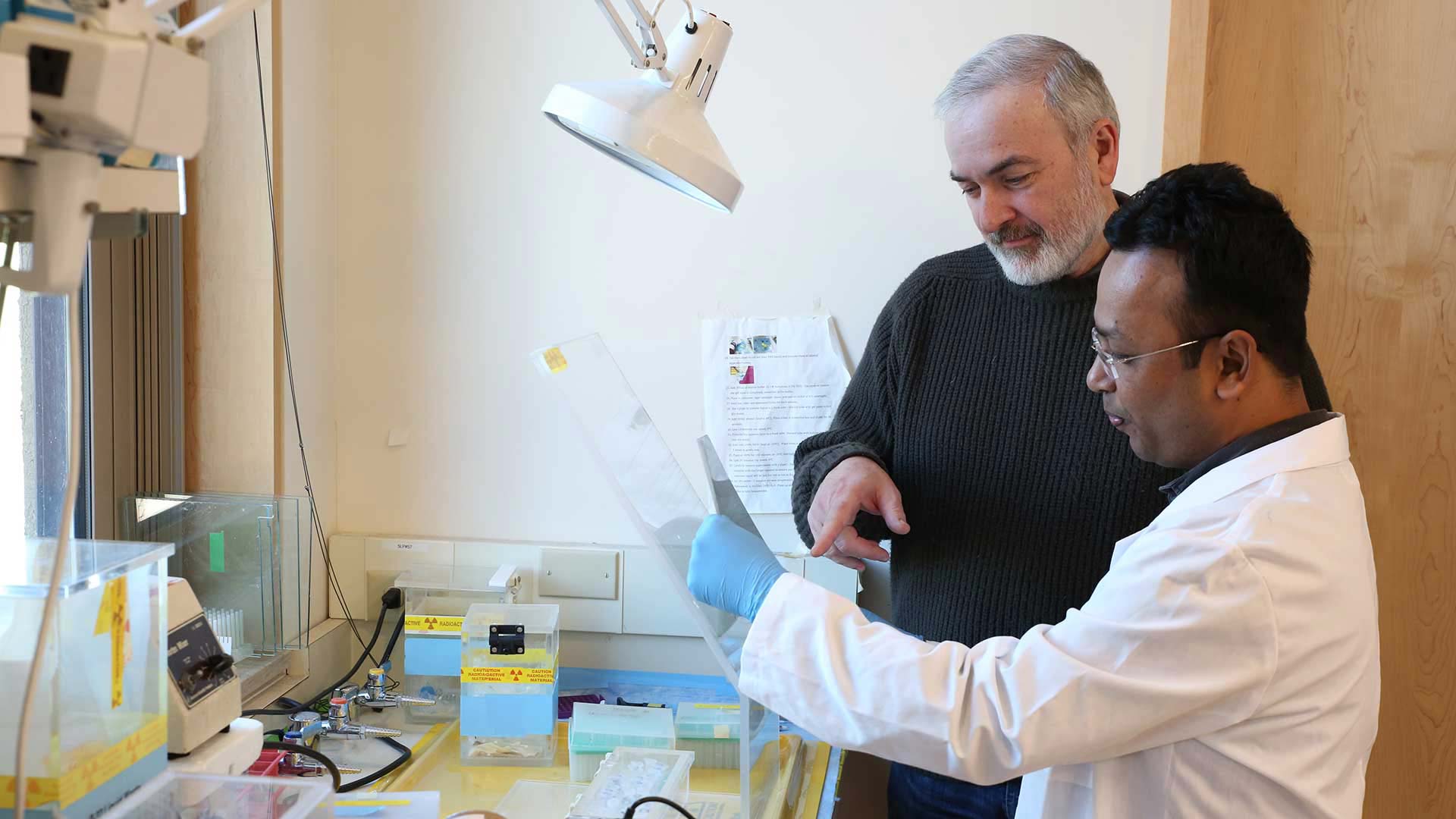
Spinraza restores patients’ motor functions using innovative technology called antisense oligonucleotide therapy co-developed by CSHL Professor Adrian Krainer and a small biotech company called Ionis Pharmaceuticals. The root of this therapy was the Nobel-Prize-winning discovery at CSHL of RNA splicing, a mechanism of controlling gene expression. Krainer continued CSHL’s studies on RNA splicing and realized that alteration of this process in children with SMA might lead to a new therapy. Thanks to this work, thousands of children who would never have been able to stand or even crawl have now reached these important milestones.
More success stories are written each day. Today, partnerships with venture capital firm Autobahn Labs and the Feinstein Institutes for Medical Research at Northwell Health facilitate clinical trials investigating potential new therapeutics for blood disorders known as myelodysplastic syndromes, based on knowledge uncovered by CSHL Assistant Professor Lingbo Zhang.
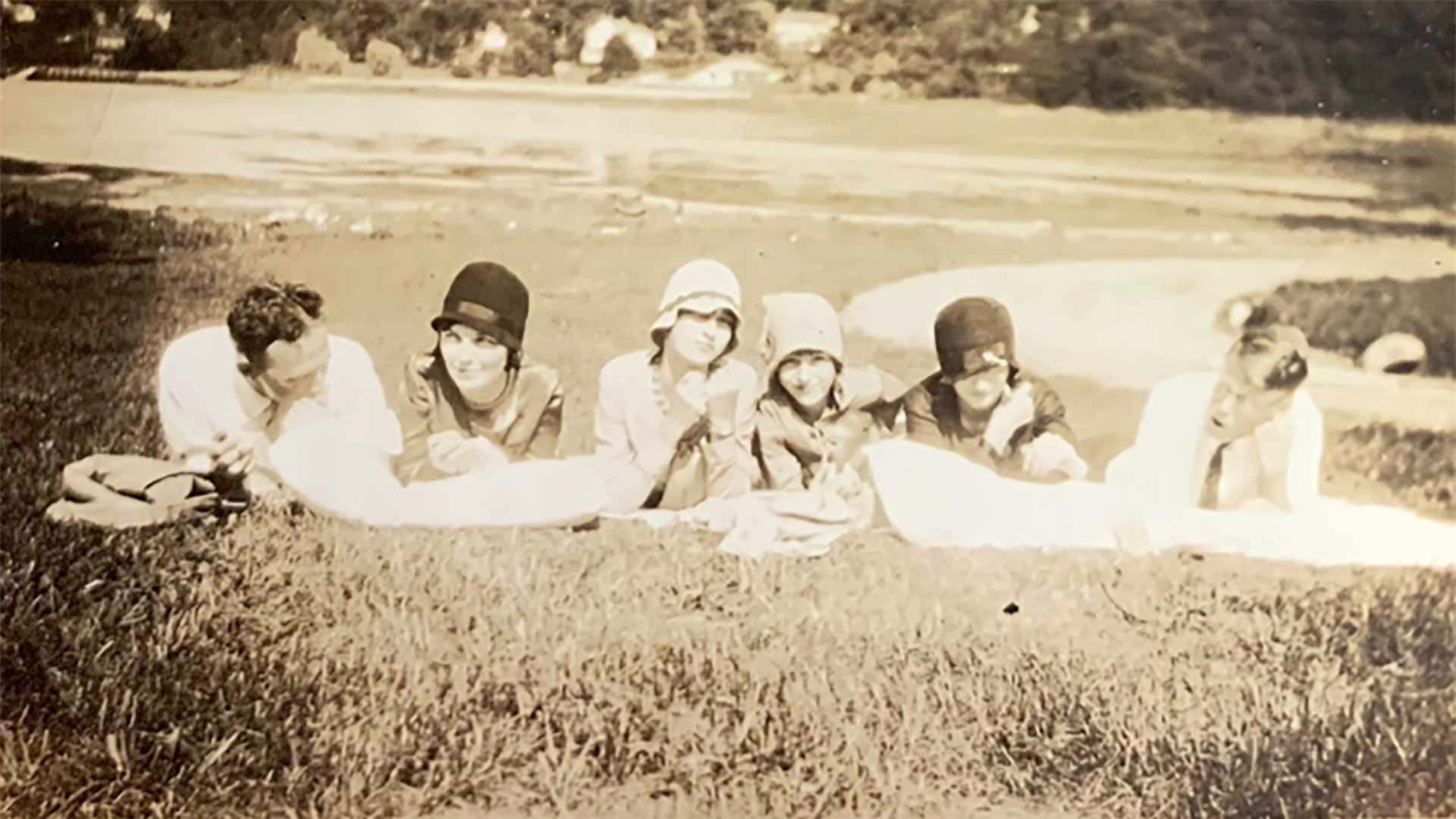
A global community of scientists
CSHL’s impact doesn’t stop with discoveries made in our labs. We have helped build a strong global community of scientists through the many thousands of researchers who have trained here over our 134-year history. At any given time, our campus community includes hundreds of postdoctoral fellows and graduate students developing skills and ways of thinking they will take with them throughout their careers. Most go on to train students and postdocs of their own, becoming part of a broad intellectual family tree whose branches stem from CSHL. This has happened over and over again, supporting the growth of many new fields in bioscience. Just a few decades ago, the most sophisticated biology research happened almost exclusively in the U.S. and Europe. That’s no longer the case, in part because CSHL scientists, the CSHL Press, and our advanced training courses have helped disseminate knowledge so extensively. Likewise, exceptional scientists come to CSHL from around the world to be part of our community. Our current faculty includes scientists from five continents, and their laboratories are equally diverse.
Approximately 70 percent of our postdocs and 60 percent of our students come from outside the U.S. Many end up staying in the country, becoming leaders in their fields. That includes people like Supriya Prasanth, who came to CSHL from India in 2001 to do a postdoc in my lab and now heads the Department of Cell and Developmental Biology at the University of Illinois Urbana-Champaign. CSHL trainees have found tremendous success outside the U.S., too. Gregory Hannon, once a postdoc in David Beach’s lab, headed a laboratory here for 18 years before leaving CSHL in 2014 to direct the Cancer Research UK Cambridge Institute. Zachary Mainen, who did postdoctoral research in former CSHL neuroscientist Roberto Malinow’s lab, was also part of the CSHL faculty until 2007. Now he directs the neuroscience program at the Champalimaud Centre for the Unknown in Lisbon, Portugal. Numerous other alumni, including many Nobel laureates, have passed through CSHL.
CSHL’s intellectual community becomes even broader and more diverse when we consider the thousands of scientists who visit our campus every year, either virtually or in person. CSHL has been a place for global collaboration since its beginnings. In the 1940s, Max Delbrück and Salvador Luria spent their summers here, taking time away from positions at Vanderbilt and Indiana University to study bacteria-infecting viruses called bacteriophage. Their work together, and later with Alfred Hershey, helped launch the field of molecular genetics and led to a 1969 Nobel Prize. Today, CSHL remains a focal point for science’s interdisciplinary “supergroups.” We are expanding on-campus housing via our Foundations for the Future campaign to support more such collaborations, so scientists from different institutions can come together for extended periods to collaborate just as Delbrück, Luria, and Hershey did.
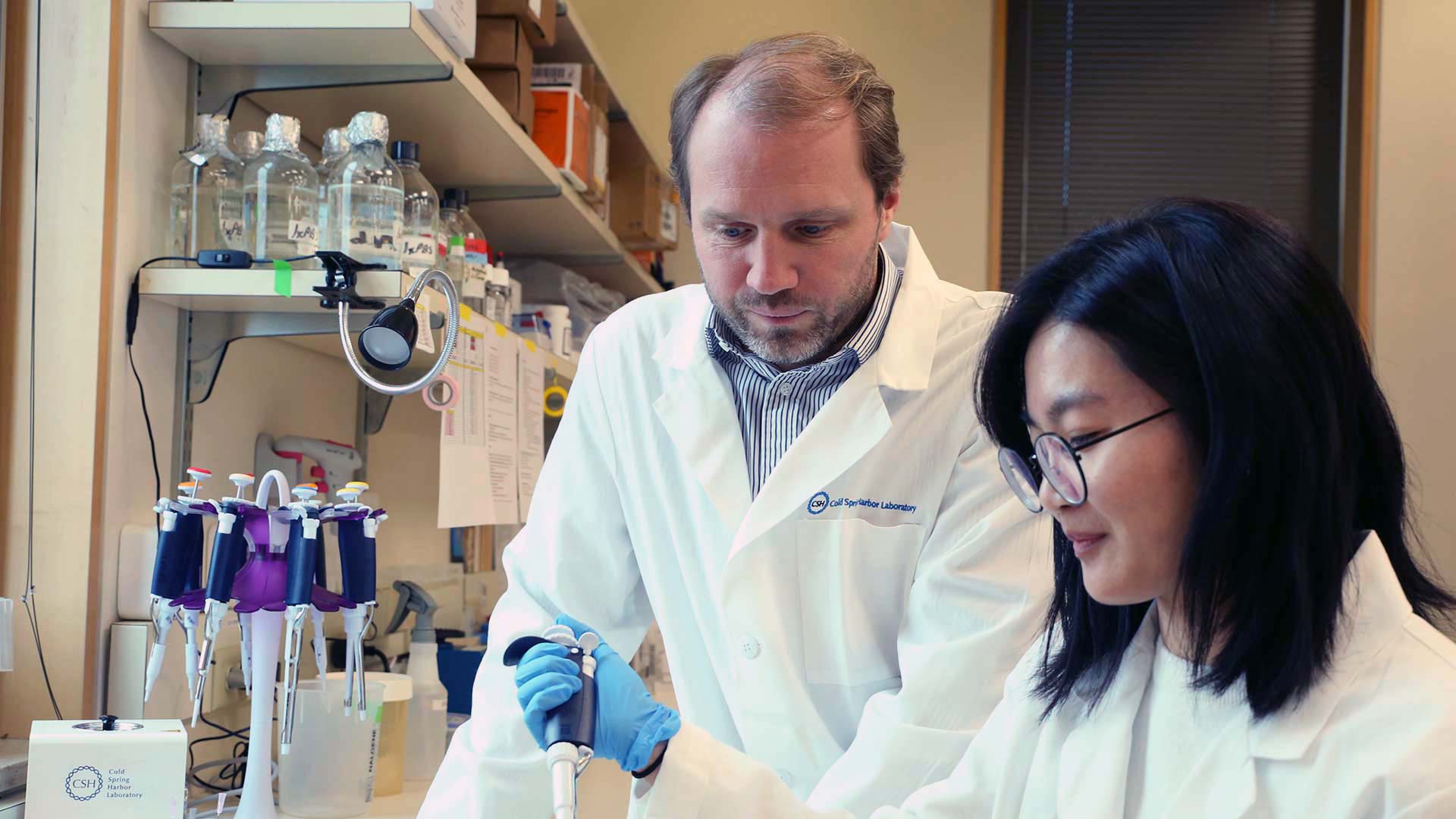
Some scientific problems demand large-scale collaborations, and we are a hub for several. One example is the International Brain Laboratory, whose experimental and theoretical neuroscientists work together to investigate the brain circuits that control complex behaviors. Those scientists, including CSHL Professor Tony Zador, work at 22 labs in the U.S. and Europe. CSHL is where they come to discuss their progress and plan for the project’s future. Likewise, we are the gathering point for the U.S. National Cancer Institute and Cancer Research UK Cancer Grand Challenges-supported team who are investigating cachexia, the wasting disease that causes extreme weight loss in many people with advanced cancers. The international team is co-led by Eileen White, a former postdoc in my laboratory, now deputy director of the Rutgers Cancer Institute of New Jersey. CSHL Associate Professor Tobias Janowitz is a co-leader of the $25 million project that involves 13 institutions in the U.S. and U.K.
Sharing scientific knowledge
Our commitment to sharing and disseminating scientific knowledge is perhaps best illustrated through CSHL’s world-renowned Meetings & Courses Program. Each year, we host dozens of courses, drawing attendees from across the globe. Our courses equip scientists with the skills and knowledge needed to explore new territory or delve deeper into their field of study. They have supported massive progress in fields such as neuroimaging, structural biology, genome engineering, and molecular biology—not just from the courses themselves, but via the CSHL Press compiling laboratory protocols and experimental methods and making them readily available to the world’s research communities.
Many leading scientists recall courses they took at CSHL as hugely influential on their careers. One prominent example is Venki Ramakrishnan, who came here in 1988 to learn about crystallography and went on to share the 2009 Nobel Prize in Chemistry for determining the structure and mechanism of action of the machinery that makes proteins in cells. Writing about his experience at CSHL, Ramakrishnan states: “The faculty were world-famous and one of them went on to win the Nobel Prize a day after the course. Both I and Rod MacKinnon, a student in a subsequent year, used our newly acquired skills to do the work that won us our own Nobels.” To date, 11 scientists who have been awarded the Nobel Prize have taken advanced laboratory courses at CSHL.
By opening our meetings to virtual attendance, we have expanded participation significantly, improving access for far-away scientists who might otherwise be unable to attend. Scientists from Africa and Southeast Asia, in particular, are now much better represented at our meetings. About 13,000 people attended CSHL meetings and courses in 2023, gathering to learn powerful research techniques and discuss the latest findings in a range of fields, from plant genomics to immunology and neurobiology. These events give scientists fresh ideas that they take back with them to labs around the world. Moreover, they foster the open exchange of knowledge that is vital for successful science. Our Foundations for the Future project will create additional space for these exchanges—allowing for an even greater societal impact.
Meanwhile, at the Banbury Center, we bring together smaller groups of experts. The format allows them to discuss complex or potentially controversial ideas freely, so Banbury meetings are well suited to consider social issues and policy matters. Critical concerns in medicine, from pain management to Lyme disease, have been on the agenda in recent years, along with topics beyond the biological sciences. In 2021, for example, the Banbury Center convened a meeting on the environmental impact of deep-sea mining, during which participants considered how extracting metals from the seabed might impact global climates and ocean ecosystems. Today, policymakers in the U.S. and around the globe are discussing these same issues. Again, you can see the ripples of CSHL research and education anywhere you look.
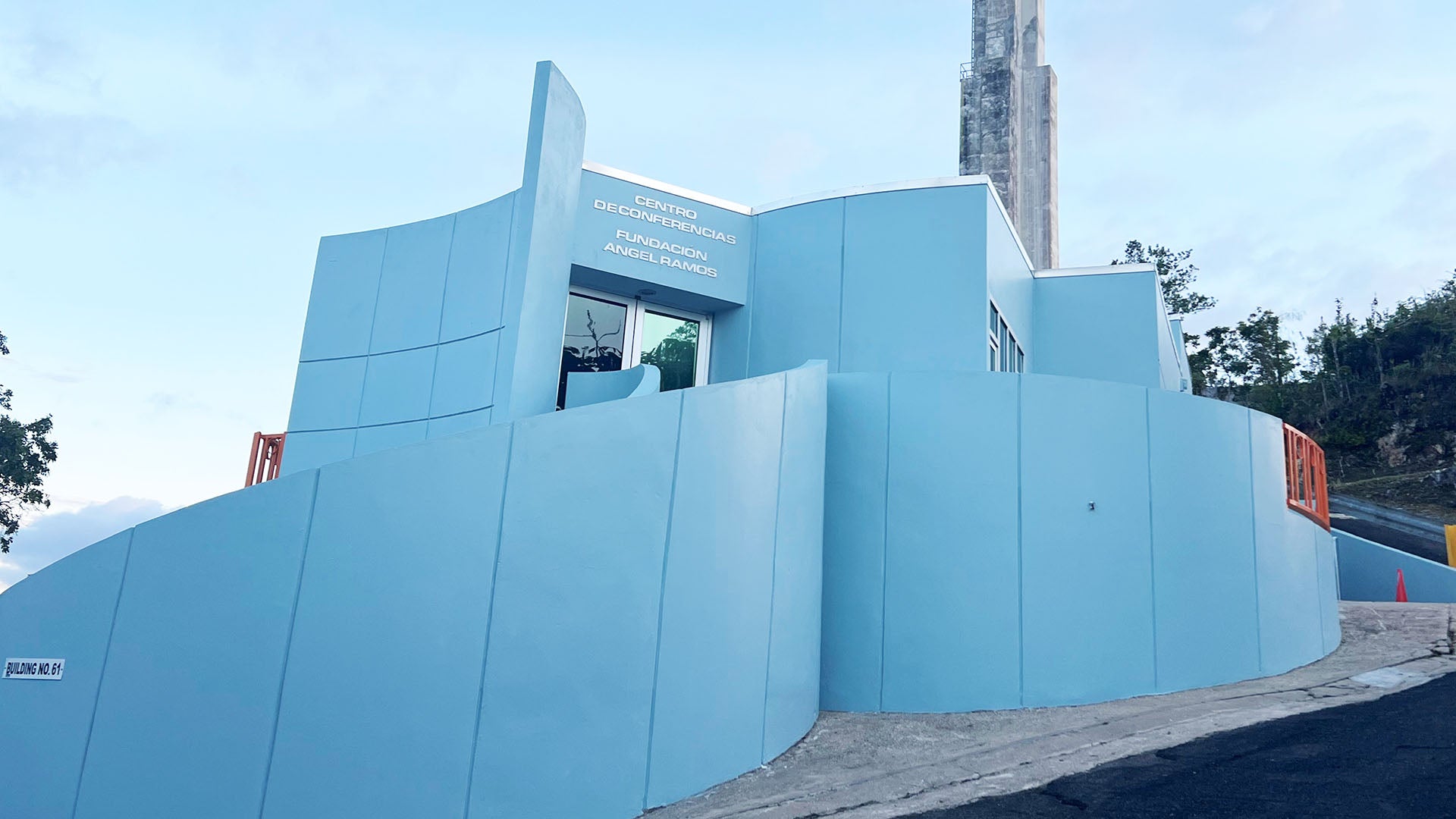
Strengthening scientific literacy
Our DNA Learning Center (DNALC), established in 1988, has always recognized that the science we do at CSHL touches the lives of everyone. Our educational programs for middle and high school students equip children with knowledge of modern genetics and its impact on society. More than 750,000 students have now been exposed to the scientific method through our hands-on approach to learning.
The DNALC program started with outreach to schools in our local community and has expanded dramatically, with a presence in six countries. We operate 13 teaching laboratories in New York. Our methods are also used at licensed centers in Nigeria, China, Austria, Singapore, and the U.S., and 10 other cities worldwide have educational programs modeled after the DNALC. Their reach continues to grow. Summer camps at the DNALC in Suzhou also draw students from across China.
Additionally, two new DNALC facilities will open in 2024: one at the Passaic County Technical Institute’s Biotechnology Innovation Center in New Jersey, which will serve students of the institute’s technical high school and community college, and one in Arecibo, Puerto Rico, as part of the new Arecibo Center for Culturally Relevant and Inclusive Science Education, Computational Skills, and Community Engagement.
The DNALC’s programs are for everyone—not just students who have shown an interest in or aptitude for science. Indeed, participation sometimes sparks that interest, setting students off on a path and career they never considered. To facilitate the careers of teenagers whose families are not experienced in science, the DNA Learning Center’s STARS Program—started by DNALC alum-turned-Assistant Director Jason Williams—mentors students through high school, offering them research opportunities as well as guidance on college applications and scholarships. This highly successful program attracts students who otherwise might not have pursued careers in science or medicine. This is another way we can strengthen and support scientific literacy and grow a diverse, global scientific community.
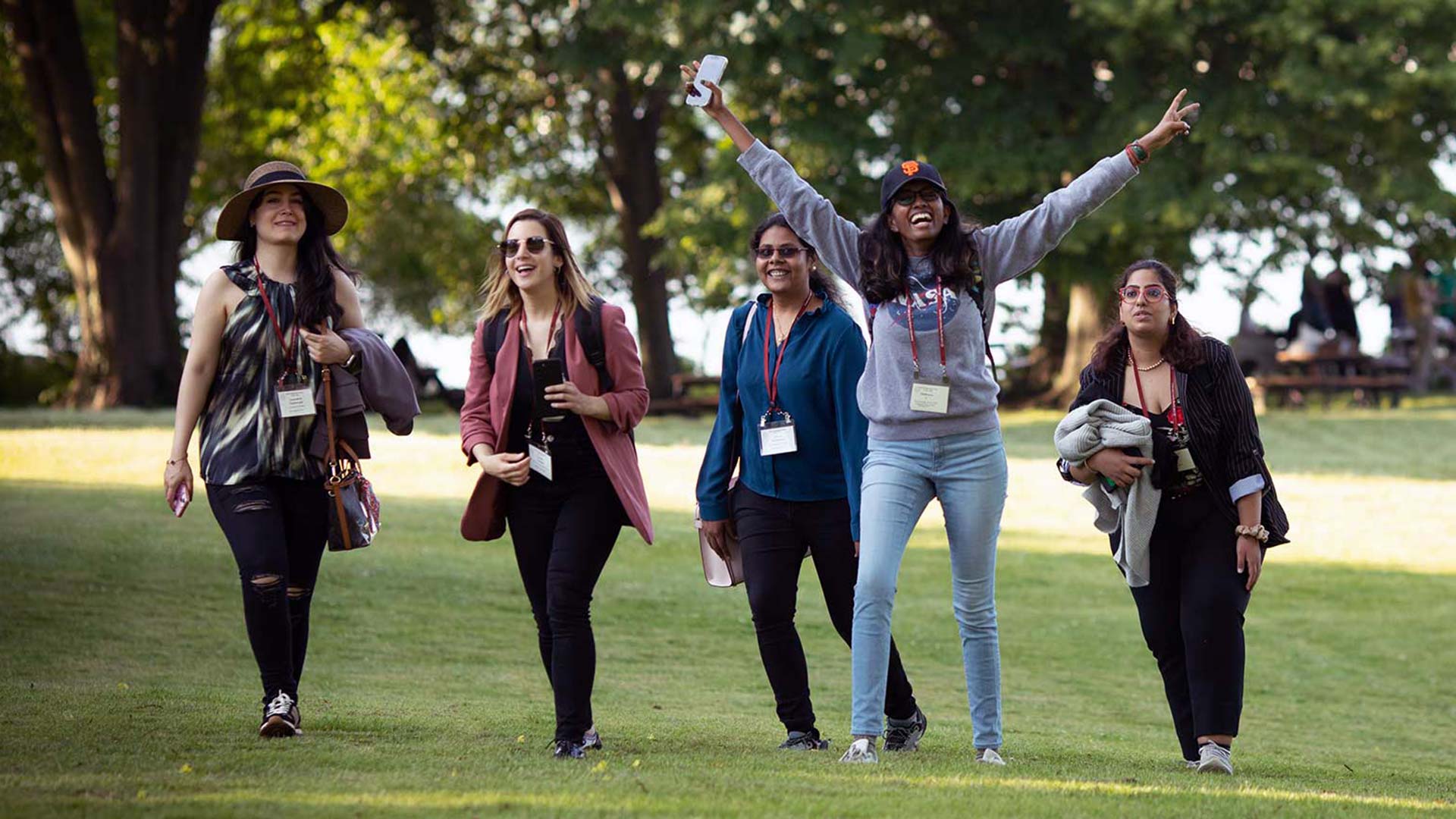
Connecting science and society worldwide
Indeed, everything we do here at CSHL is for the world we all share. Our programs improve people’s lives in myriad ways, from expanding scientific literacy to enabling the development of lifesaving medications and finding new ways to confront climate change. Our bustling intellectual community here on Long Island is deeply integrated with the broader global community, and we take tremendous pride in the ways we support and connect science and society worldwide.
Our institution is a beacon for cutting-edge research and a hub for international collaboration. CSHL research and education programs demonstrate science’s ability to break down barriers and drive progress. We represent humanity’s greatest ambitions—to explore life, to better understand ourselves, and to improve each other’s lives—so it’s no wonder those same goals inspire the work we do here every day.
Thank you, CSHL faculty members, postdoctoral fellows, graduate students, employees, trustees, and supporters for contributing to CSHL’s vibrant intellectual community and daring to conduct breakthrough bioscience. Your tireless efforts put our institution at the forefront of bioscience research and education. It is my distinct pleasure to serve CSHL alongside you.
—Bruce Stillman, Ph.D.
“President’s message”
Harbor Transcript, Volume 44, Issue 1, 2024
